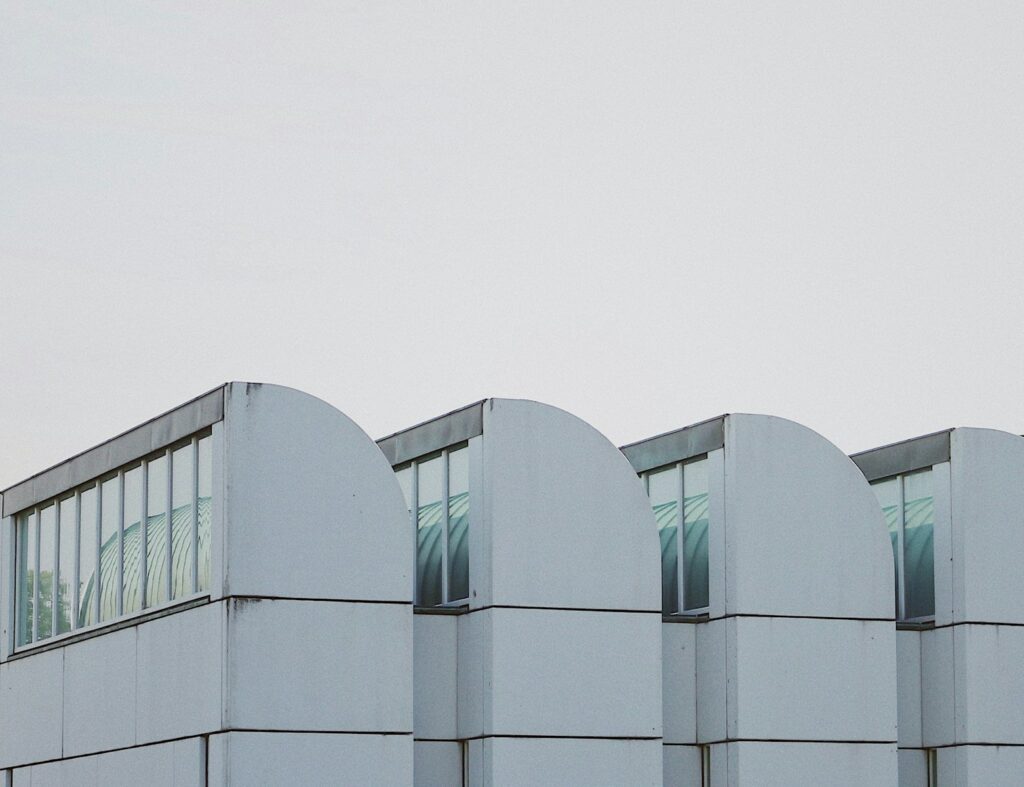The Bauhaus Museum in Berlin stands as a testament to one of the most influential art movements of the 20th century. This museum, nestled in the heart of Germany’s capital, celebrates the legacy of the Bauhaus School, which revolutionized art, design, and architecture. For travelers with a passion for modernism, the Bauhaus Museum is an essential destination. In this article, we will explore the history of the Bauhaus movement, the highlights of the museum, and why it should be on every art lover’s travel itinerary.
The Origins of Bauhaus
The Bauhaus movement began in 1919 when Walter Gropius founded the Staatliches Bauhaus in Weimar. This school was groundbreaking, as it sought to bridge the gap between art, craft, and industry. Bauhaus emphasized functional design, simplicity, and the integration of technology, rejecting the ornate and overly decorative styles that preceded it. The movement attracted some of the most brilliant minds in art and design, including Paul Klee, Wassily Kandinsky, and Ludwig Mies van der Rohe.
The Bauhaus Movement’s Impact
The Bauhaus philosophy was revolutionary. It influenced everything from graphic design and typography to furniture and architecture. Its emphasis on functionality and simplicity can be seen in modern minimalist design and continues to inspire contemporary designers. The movement also played a crucial role in shaping modern architecture, with its focus on clean lines, open spaces, and the use of industrial materials.
The Bauhaus Museum in Berlin
The Bauhaus Museum in Berlin offers a comprehensive look at the history and impact of the Bauhaus movement. Opened in 1979, the museum houses over 1,000 pieces of Bauhaus art and design, including works by its most famous teachers and students. The museum itself is a work of art, with its minimalist design reflecting the principles of the Bauhaus movement.
Highlights of the Museum
- Walter Gropius Archive: The museum’s collection includes extensive works and documents from Walter Gropius, the founder of Bauhaus. Visitors can explore original sketches, plans, and photographs that provide insight into Gropius’s vision and the early days of the Bauhaus school.
- Iconic Bauhaus Furniture: The museum showcases iconic pieces of Bauhaus furniture, such as Marcel Breuer’s Wassily Chair and Ludwig Mies van der Rohe’s Barcelona Chair. These pieces exemplify the Bauhaus principle of combining form and function.
- Bauhaus Architecture: The museum features models and plans of some of the most famous Bauhaus buildings, including the Bauhaus School buildings in Dessau and the Fagus Factory. These exhibits highlight the movement’s impact on modern architecture.
- Temporary Exhibitions: The museum regularly hosts temporary exhibitions that explore different aspects of Bauhaus and its influence on contemporary design. These exhibitions often feature works by modern artists and designers who draw inspiration from Bauhaus principles.
- Workshops and Educational Programs: The Bauhaus Museum offers workshops and educational programs for visitors of all ages. These programs provide a hands-on experience of Bauhaus techniques and principles, making the museum an interactive and engaging destination.
Visiting the Bauhaus Museum
The Bauhaus Museum is located in the Mitte district of Berlin, easily accessible by public transportation. The museum is open daily, with extended hours on weekends. Visitors are encouraged to take a guided tour to gain deeper insights into the exhibits and the history of the Bauhaus movement.
Practical Information
- Address: Klingelhöferstraße 14, 10785 Berlin, Germany
Tips for Visiting
- Plan Your Visit: Check the museum’s website for information on temporary exhibitions and special events. This will help you make the most of your visit.
- Join a Tour: Guided tours are available in multiple languages and offer a wealth of information that enhances the experience.
- Explore the Neighborhood: The Bauhaus Museum is located in a vibrant part of Berlin, with plenty of cafes, shops, and other attractions nearby. Take some time to explore the area and enjoy the local culture.
The Bauhaus Museum’s Role in Modern Design
The Bauhaus Museum in Berlin is more than just a repository of art and design; it is a living testament to a movement that continues to shape our world. By preserving and showcasing the works and ideas of the Bauhaus School, the museum ensures that the legacy of this revolutionary movement lives on. For anyone interested in design, architecture, or modern art, a visit to the Bauhaus Museum is a journey through the history of modernism and a source of endless inspiration.
Conclusion
The Bauhaus Museum in Berlin offers an unparalleled insight into one of the most influential art movements of the 20th century. From its extensive collection of art and design to its engaging educational programs, the museum provides a comprehensive and inspiring experience. Whether you are a seasoned art enthusiast or a curious traveler, the Bauhaus Museum is a must-visit destination that promises to enlighten and inspire.
Visiting the Bauhaus Museum in Berlin is not just about seeing art; it’s about experiencing a pivotal moment in the history of design and understanding how it continues to influence the world today. Make sure to add this incredible museum to your travel itinerary for an unforgettable cultural experience.



